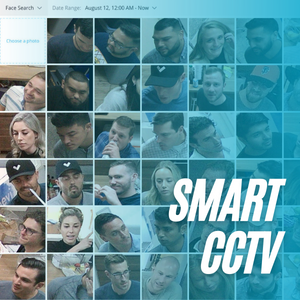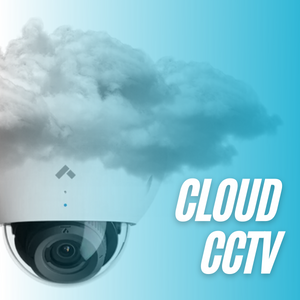CCTV: An Introduction
There's an estimated 5.2 million CCTV systems installed in the UK alone. Video surveillance has never been more popular, becoming important in security systems across the globe. And for good reason.
With the CCTV world brimming with GDPR rules, cybersecurity obstacles and grey areas - it’s important that you get it right.
In fact, up to 80% of the CCTV footage seized by police is of such low quality that it’s useless in criminal trials. This points to the level of CCTV misuse across the country.
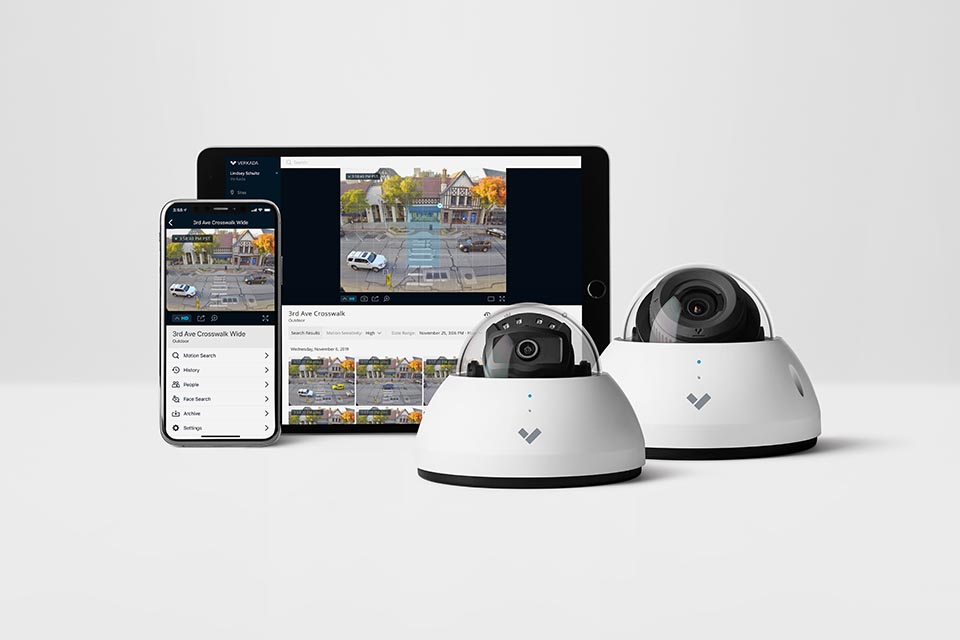
The Ultimate CCTV Guide
In this guide, we’ll explore everything you need to know about CCTV surveillance, explaining how video security can play a role in your home, business or education facility’s security strategy.

What Is CCTV & What Does It Mean?
From smart integrated monitoring systems to ultra sharp, state-of-the-art IP network cameras, CCTV has changed dramatically as modern technology has continually improved over the years, so much so that it’s easy to lose sight of what CCTV is at its most basic level: video surveillance.
The term “CCTV” has become a one-size-fits-all description for video surveillance technology; rather than a working definition. The term itself stands for “closed circuit television” and, in its original form, this meant analogue video cameras connected to monitoring screens, with the ability to transfer video footage between for immediate viewing or reactive playback.
Though, it’s important to note that CCTV isn’t just an isolated webcam on the side of a building; the term refers to the components that make up the system, including: the monitors, wiring, external storage, user access, software, firmware and of course, the cameras.
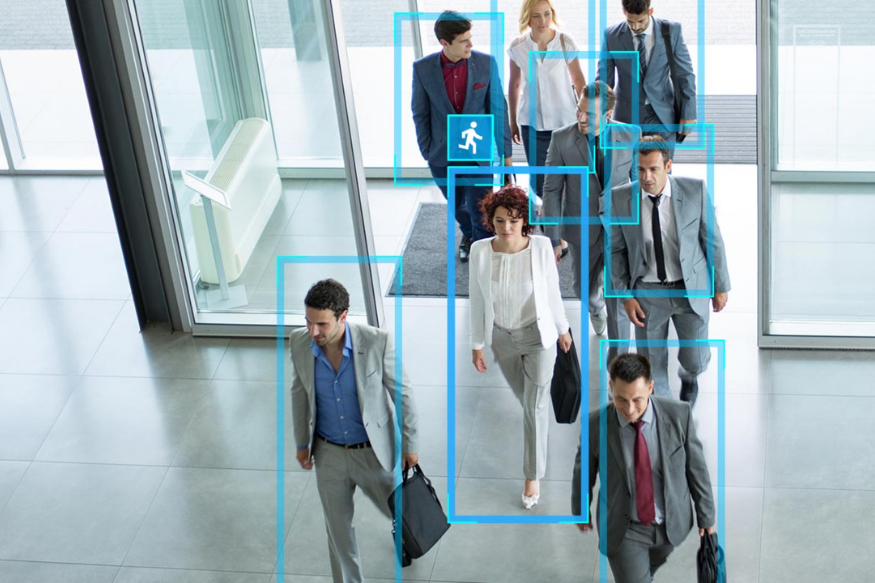
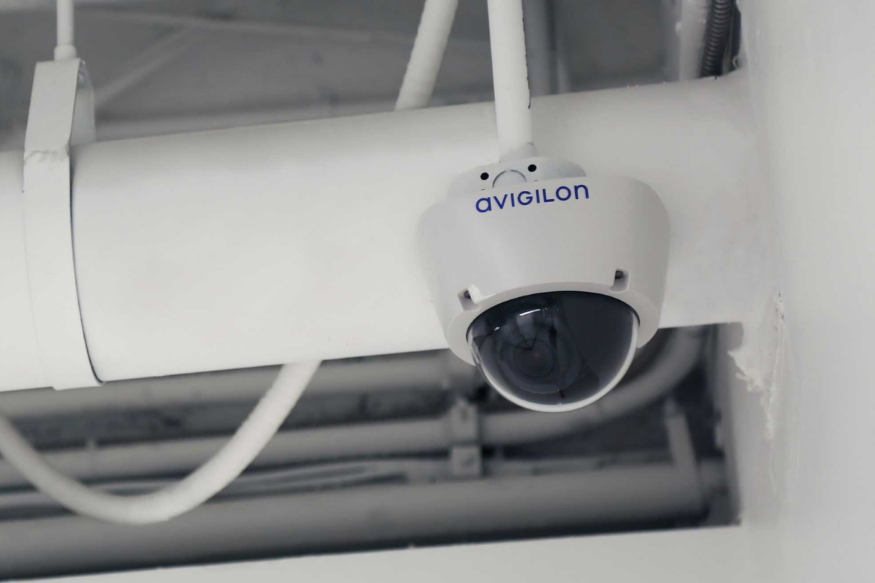

How Does CCTV Work?
While we still commonly refer to video surveillance as “CCTV”, the technology itself has developed leaps and bounds beyond the original closed-circuit systems. The truth is, there’s no single answer to “how does CCTV work?”. This is generally dependent on a system-by-system basis.
At a basic level, CCTV works through cameras taking a constant sequence of images, which are transferred through to a recording device and displayed on a monitor for real-time surveillance.
There are two main types of CCTV systems that can be found in use across the globe today: analog and IP-based. Both are still widely active in the day-to-day protection of premises across the globe. Although nearly every newer CCTV system is digital and network based using CAT connectors rather than COAX connections.
It is possible to have a hybrid system if your legacy analogue cameras are still meeting the objectives of the surveillance system whilst mixing with new digital CCTV technology for storage and management purposes. There are a variety of camera options available, including dome, turret and bullet.
.png)
.png)
A turret security camera, also called an eyeball camera, is a small camera with a ball and socket design. It gets its name from the fact that the ball like camera can pivot in any direction inside its socket mount. This offers a great deal of flexibility when it comes to installation, as users can easily aim the turret’s lens wherever most required.
Since these cameras tend to have a compact form factor, installing turrets is usually fast and easy. These cameras are also known to provide much better night performance than a dome style camera due to having the IR light separate to the lens.
.png)
Dome cameras are generally used where there is a risk of the cameras getting tampered with as they are the most robust form-factor camera. Vandal domes are particularly excellent cameras because they are extremely tough and durable. They’re also compact, since everything is hidden within that dome.
Often it’s hard for someone to see where the vandal dome’s lens is pointing. Even if they can, it’s impossible for someone to tamper with the lens, unless they’re able to physically open or destroy the glass dome. Which again, is difficult to do due to the IK10 vandal-resistant rating.
.png)
Bullet cameras have a long, cylindrical shape. These cameras jut out from their installation sites and are usually pretty noticeable. At a glance, anyone can see where bullet cameras are pointed. These cameras are also easy to manipulate and vandalise.
However, bullet cameras tend to have better image quality than vandal domes and better night performance than the Turret Cameras. These cameras aren’t restricted by their glass dome. There is no infrared glare, and it’s more difficult for moisture to enter into your camera’s lens. So while the design may not be as ideal as a vandal dome, bullet cameras shine when it comes to video performance.
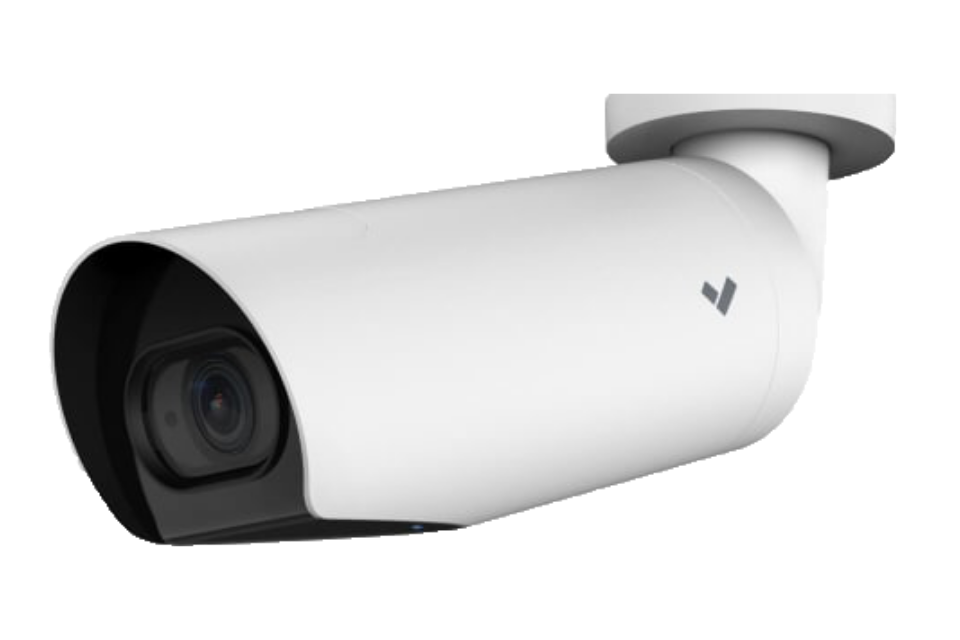

How Should I Use CCTV?
Reactive Surveillance
Reactive surveillance is the most popular approach to CCTV. This is your typical situation where you are simply reviewing your CCTV to find out how the incident has occured. It doesn’t prevent crime from taking place but provides you with the evidence and context of how the incident took place.
Reactive CCTV is generally used when a quick response to incidents is not required and you simply need the record and evidence of the event.
- Used for Evidence in Criminal Trials
- Use Footage to Support Insurance Claims
- Understand how Incidents Occur
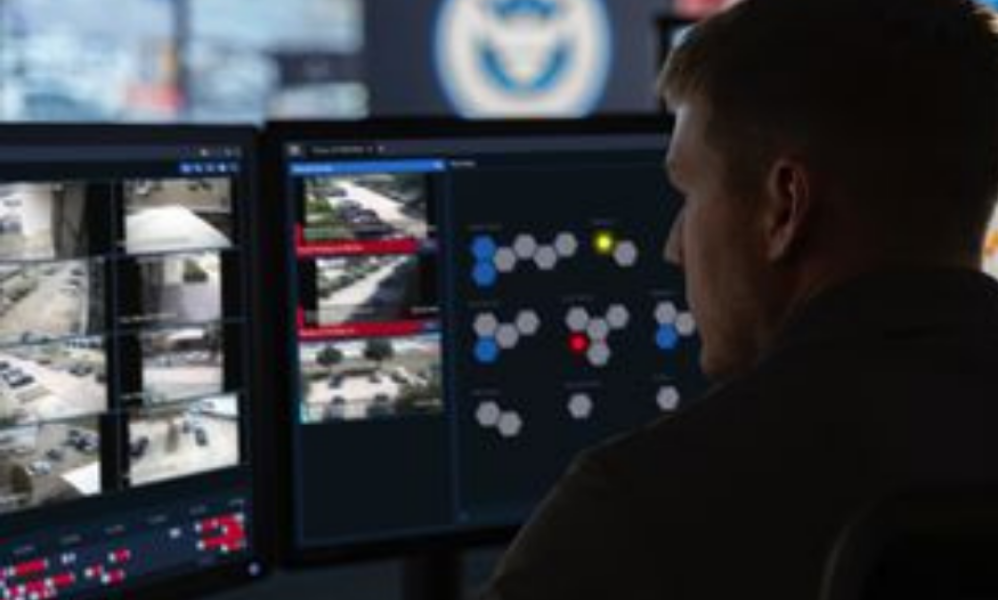
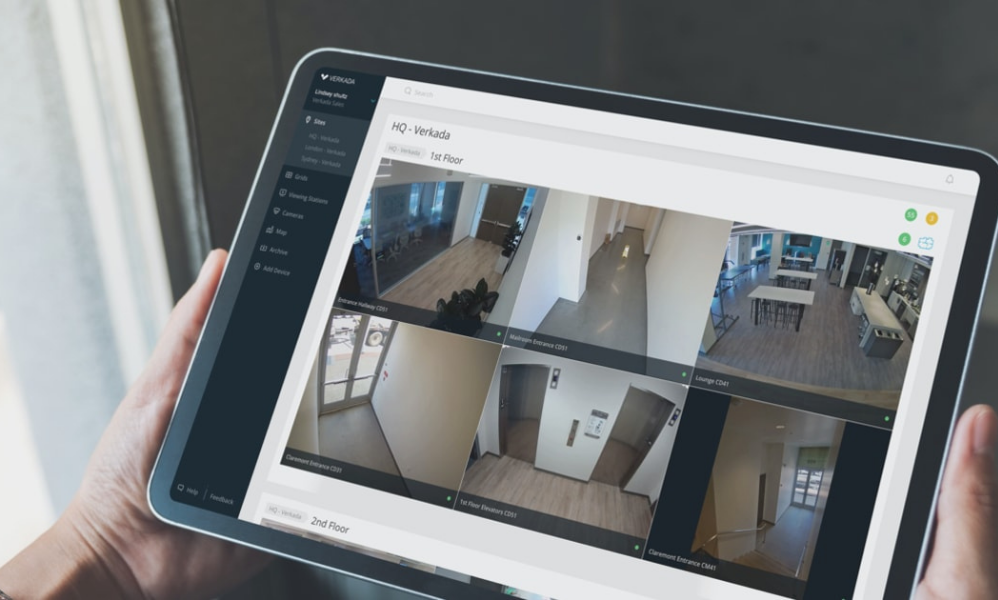
Proactive Surveillance
- Actively Respond to Crimes
- Instant Alerts & Notifications
- Intelligent Motion Analytics
Remote Monitoring
Every CCTV system needs to be monitored in some form. Traditionally, cameras were only able to be reviewed once something had already happened, but thanks to modern technology, camera monitoring is more accessible than ever. With video analytics and dedicated third party monitoring stations on-hand, users can ensure that they receive an alert if their security becomes breached while they’re away. This makes CCTV a proactive solution for preventing crime, rather than just reacting once it’s too late and an incident has already occurred.
Monitored CCTV systems are actively watched by an in-house security team or in some cases, a professional security company, around the clock. These systems are activated by integrated motion sensors, video analytics or your intruder alarm.
When they are activated they send a signal to the monitoring station, where staff connect to the cameras and verify the threat. Some providers will integrate monitored security systems with speakers to enable them to audibly challenge intruders on your property - which is a surprisingly effective deterrent for unwise trespassers.
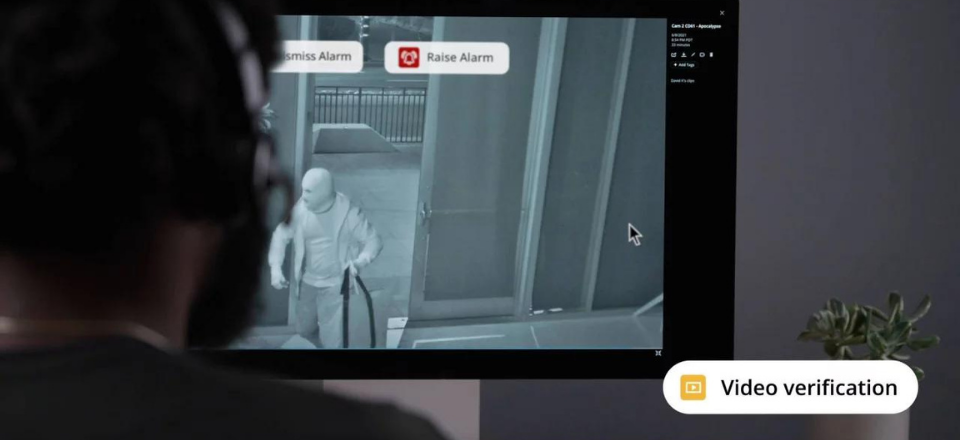
Self monitored CCTV essentially means your CCTV system isn’t connected to an on site team, or third party monitoring station, leaving video monitoring entirely in the hands of the user.
We always advise businesses with unmonitored commercial security to choose an intelligent CCTV system. This lets the operator categorise and log events, making it much quicker and easier to search for footage retrospectively. Not to mention, the added mobile alerts and notifications for suspicious events.
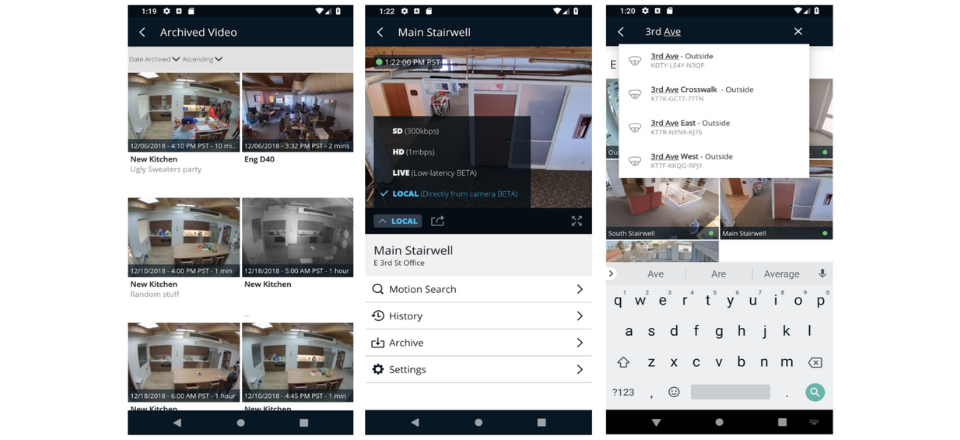
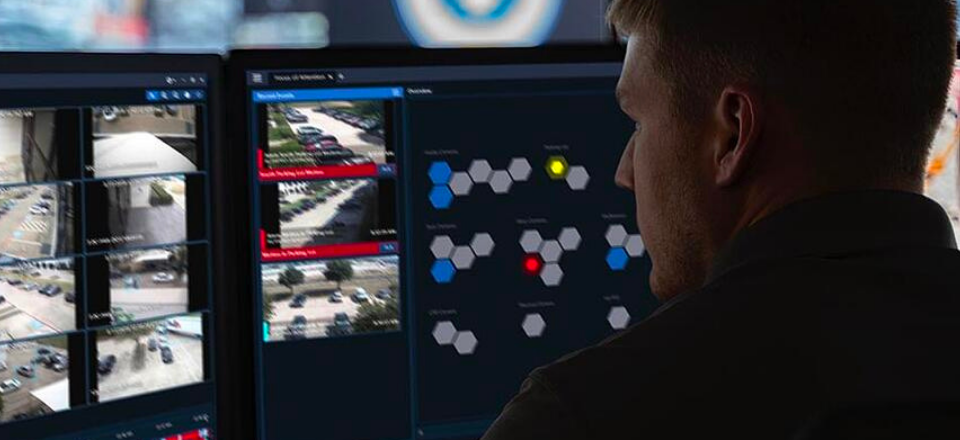
The Benefits of Remote Monitoring
If your CCTV purely records reactively, you’ll never be able to stop crime from taking place on your property, only respond to it. Even then, there’s no guarantee that you’ll catch the person responsible.

Residential CCTV
When it comes to protecting our homes and loved ones, we want to ensure that our premises are watertight and rely on our CCTV systems to ensure this is the case.
Residential CCTV systems provide a deterrent to theft, burglary, trespass and vandalism. For this reason, they’re often used proactively by homeowners, positioned to actively discourage anti-social behaviour on the property.
In fact, a study by the College of Policing recently found that CCTV makes a notable impact on regional crime rates. In fact, research in their Crime Reduction Toolkit suggests that CCTV prevents an estimated average of 16 crimes for every 100 - or 25 in every 100 for vehicle-related incidents.
Nowadays, where CCTV does offer a greater deterrent is for organised crime-pre-planned burglaries, car theft and similar activities, rather than random, opportunistic offences. Criminals tend to target houses without any visible sign of security, and will scope out a property well in advance. Of course, there’s still no guarantee, but you’ll be able to spot people scoping the property or a pattern of vehicles and people coming to and from the house well in advance of something costly happening.
There’s no one-size-fits-all approach to residential CCTV, we would urge you to consider the purpose of each individual camera and the system as a whole before speaking to a security professional. Let’s say for example you want to have an evidential quality image of everyone’s face and number plate that comes through a front gate, a professional will help you design a system that will actually meet those objectives, whilst ensuring that the footage would actually stand up in court if required.
Why You Need Residential CCTV...
Aside from being a recognised deterrent against trespassing and burglary, residential CCTV systems provide a range of benefits on top of just extra peace of mind. In fact, the development of modern IP-based systems means that most newer systems are highly practical through integration, taking the potential of CCTV security to a whole new level.CCTV monitoring is extremely convenient and easy to do. Through app-based control, CCTV can be monitored 24/7 from almost anywhere in the world, allowing the user to take control over their premises on-the-go.
Smart CCTV systems can even integrate with newer security alarms and perimeter monitoring devices to set up tripwires around the home, alerting the homeowner if a wire is triggered or a perimeter breached. They’ll even be able to detect a face and notify you that it’s a person on your system rather than a cat or fox for example.
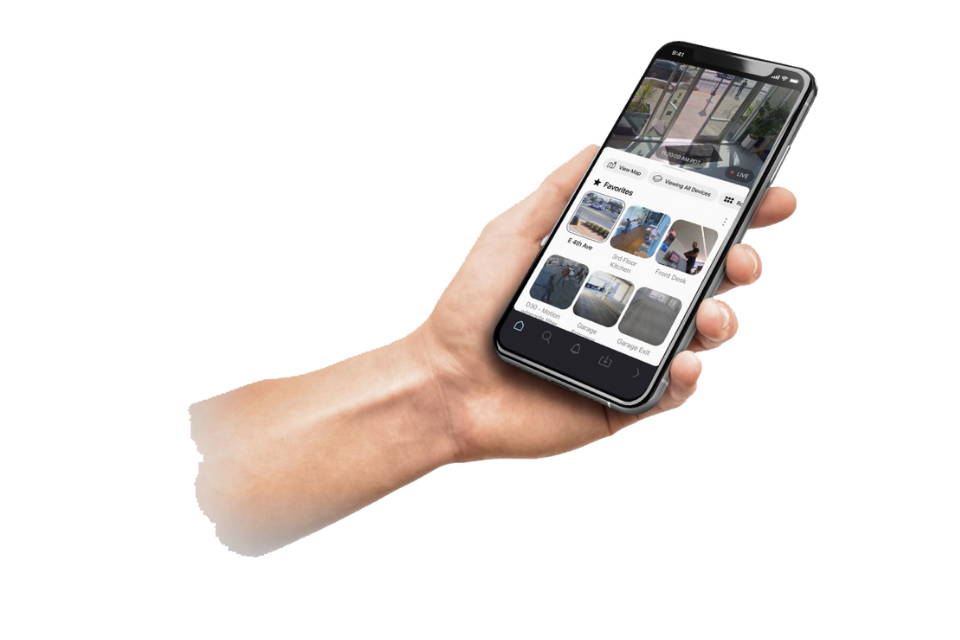
The pristine quality offered by modern camera technology and the reduced cost of digital storage has made CCTV surveillance far more practical and effective than ever before.
With 1080p standard or 4k ultra-HD daylight and night vision recording, modern CCTV technology gives homeowners the tools to record with pristine clarity. Using infrared illumination and/or ultra-low light camera technology, CCTV systems are able to detect and record movement in even the darkest corners of your property.
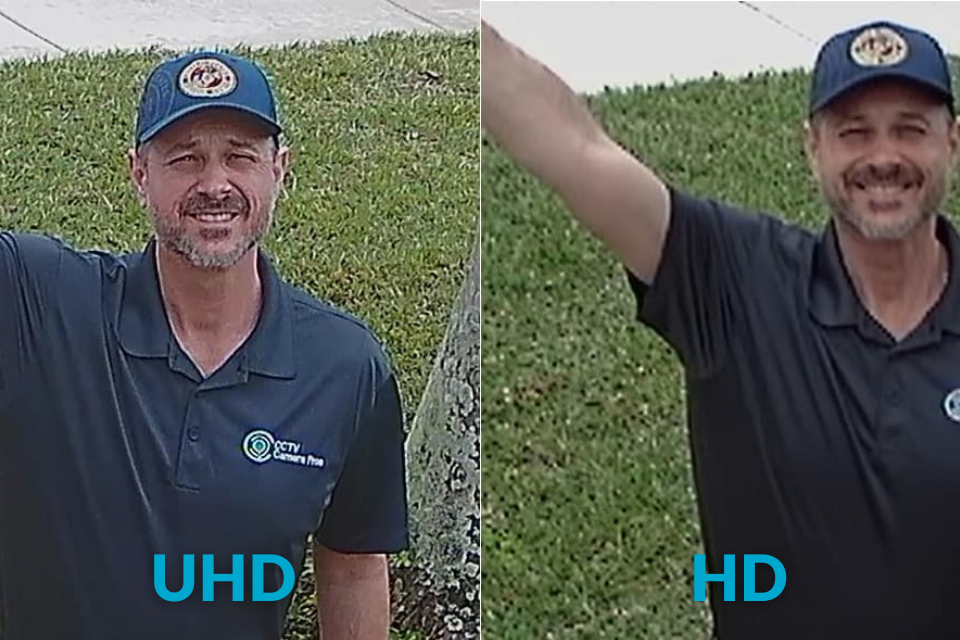
Video Analytics are the secret ingredient in the new wave of IP-based surveillance systems.
Using AI and Machine learning, smart CCTV systems can detect and categorise humans or vehicles and proactively notify CCTV owners of suspicious activity. This technology enables quick and easy search of footage archives, filtering out the majority of false alarms associated with Pixel Motion Detection which is found in most DIY cameras.
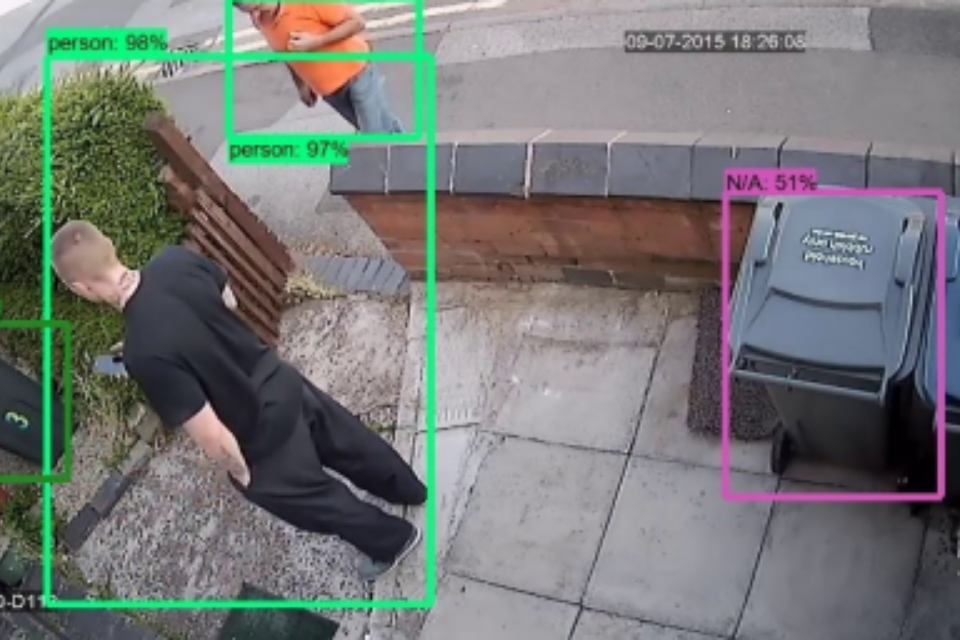
Depending on your insurance policy, incorporating a CCTV security system into your property can reduce insurance expenses.
By installing a CCTV system, your property is seen to be less of a target for burglars, and the risk of crime is lowered, meaning sometimes the price of your insurance can decrease with it.
CCTV also creates the opportunity to source supporting evidence for insurance claims that may not have existed otherwise.
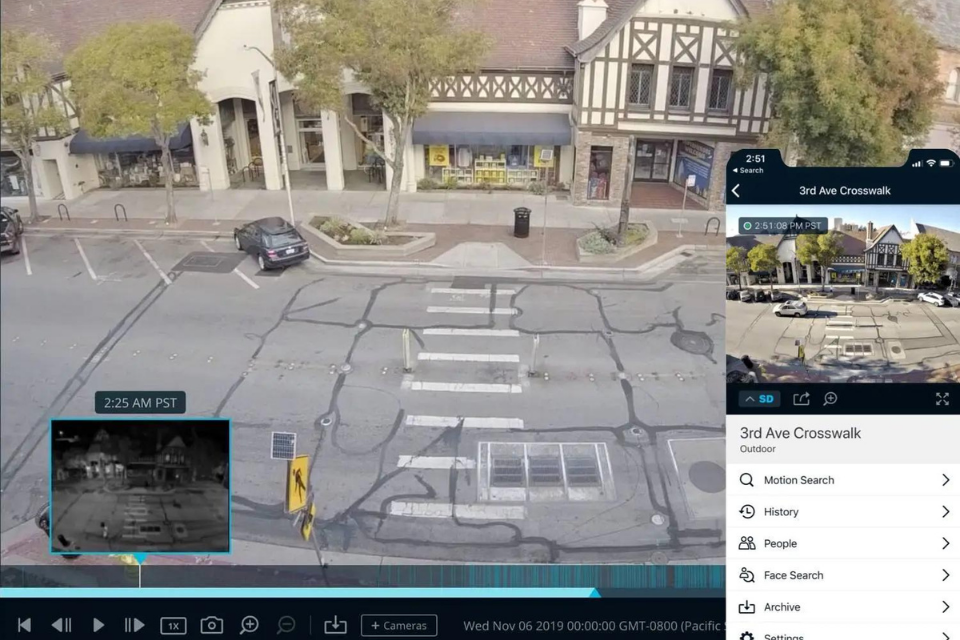

CCTV for Business
The majority of the estimated 1.85 million CCTV cameras watching over the UK are operated by private firms - and given the grim crime statistics, it’s easy to see why. In 2019 alone, 606,282 crimes were carried out against businesses in the UK, making deterring and detecting criminals on business grounds more important than ever.
Despite its proven effectiveness, CCTV is by no means a foolproof strategy for keeping would-be criminals away. In a lot of cases, businesses pay the price for just getting CCTV wrong - think: blind spots, storage issues, low video quality and untraceable criminal damage.
Before settling on a CCTV system, you’ll need to have a clear understanding of what you want the system to do and how it should perform based on your premises, layout and building pain-points. An isolated security camera on the side of a wall is unlikely to prevent criminals from trying to get into your property. Using video analytics and AI you’ll be able to receive alerts and signals for when this activity does happen, so its use in the right way is crucial for any business’ security.
Protect What's Yours
CCTV is an excellent solution to protecting your building at night or while away. Using ingrained video analytics, you can tailor event triggers to suit the nature of your workspace.
24/7 Connection to your Business
With remote monitoring connection, CCTV users gain full, real-time access to their property cameras from anywhere with an internet connection across the planet.
Work Smarter, Not Harder
Video intelligence can support businesses in alerting specific HR/service operations, like monitoring queues, dwell times or even whether hi-viz safety gear is being worn.
Features of Commercial CCTV
CCTV cameras not only protect your building, but also the people inside - and this assurance goes a long way for both employees, customers and guests. It’s important to remember that catching criminals red handed isn’t the be-all and end-all purpose of commercial video monitoring.
In fact, the wide range of features included in modern CCTV packages means there are a great number of functions that can level-up your business operation, both in terms of security and from a HR perspective. In the following section, we’ll take a deeper look at the key benefits of commercial CCTV:
Commercial CCTV is designed with crime-prevention in mind. It’s by far the number one reason that firms invest in video surveillance technology. Criminals are more likely to target businesses that have poor or outdated security, so keeping on top of the latest trends in CCTV is absolutely essential if you’re keen to keep your business safe.
The most effective CCTV systems will take an automated and proactive approach to crime prevention using perimeter monitoring, detection software and even audio warnings for the offender - think: “you in the black jacket, this is private property. The police have been informed!”
Though, if the worst does happen and unidentifiable criminal activity does take place on your premises, those using minimum HD 1080P standard cameras in the correct location and lens configuration will have enough evidence to support them in criminal proceedings against the perpetrator.
Video surveillance is a convenient addition to any HR operation, allowing businesses to monitor their staffs’ timekeeping, health and safety practices, attendance and performance across the working day. It’s important for your security provider to understand what you are looking to achieve to make sure the footage will be the right quality for what you want to use it for.
The presence of commercial CCTV cameras can also boost staff performance and ensure health and safety best-practice in your workplace. Staff are proven to be more likely to abide by health and safety policies in the presence of CCTV, sticking to protocol and avoiding shortcuts, both of which go a long way in the protection of your customers, employees and assets.
You can also get smart with CCTV by detecting employees without hi-viz clothing in high risk areas or link CCTV to time and attendance terminals or access control to verify identity on an access event.
CCTV footage from your business’ security system is your number one source of evidence in criminal proceedings and can be extremely beneficial in your case.
The presence of a security camera might not prevent a crime or incident from taking place entirely, but if the criminal or perpetrator is caught on CCTV, there’s a good chance of detection, prosecution or discipline.
Unfortunately, there are known cases of individuals making false claims against businesses. Distinguishable footage can also prevent fraudulent insurance claims from staff, customers or pedestrians when they do arise.
CCTV cameras provide a confident method of detecting accidents, injuries and safety concerns in the workplace.
In large warehouses for example, it may be hard to identify where someone has had an accident, with CCTV you’ll be able to pinpoint their exact location and send support within minutes. Equally, with monitored CCTV businesses will be able to identify risks before they cause an injury - for example, falling top-shelf stock in a warehouse, a spillage or leak or at worst, an armed assailant walking through the car park.
There are two sides to the coin here. Health and safety liabilities are a huge concern for business leaders and senior management. With the right CCTV system, business owners can rely on complete transparency in the event of an accident; reviewing footage to best assess their responsibility in the incident.
Every business will face external threat - burglars, vandals and thieves are rife in the UK and CCTV is a strong starting point in deterring these criminals.
Sadly, incidents can also occur where employees are involved in criminal activity on-site; stock missing, cash disappearing and valuables stolen from locker rooms for example.
A well considered commercial CCTV strategy can stop this, providing full coverage and likely preventing these instances from happening entirely. In a nutshell, a well-positioned camera will make most thieves think twice.
GDPR & Legal Considerations for Commercial CCTV
No matter how you intend you use CCTV in your business place, your system must be compliant with relevant law and General Data Protection Regulations (GDPR). Whether being used to record members of the public in a retail store or members of staff in an office block, people’s private data is usually at stake in the work setting - and there’s a reasonable expectation for privacy, confidentiality and camera identification.
In a nutshell; recordings shouldn’t be kept on CCTV storage longer than necessary - they should only be kept for as long as required in legal proceedings, insurance claims or any other authorised purpose. Ensure that irrelevant data is regularly cleared out and deleted when no longer needed. Recording audio conversation between members of the public is also a clear breach of the above regulations and an obvious invasion of privacy - make sure to disable any audio recording from your system prior to use.
For full, above-board compliance to best GDPR practice, it’s always worth going for a professional CCTV installation. An expert installer will be able to advise you on the best measures to protect your property, customers and employees in line with the outlined data protection guidelines. Ignoring the set guidelines will result in severe consequences for a business including fines of up to £500,000, or in some instances, criminal charges.
Under UK law, businesses must ensure that video monitoring is:
Used Fairly & Transparently
Used for a Clear, Outlined Purpose
Used in a Relevant Way and Not Abused
Accurate & Kept Up to Date
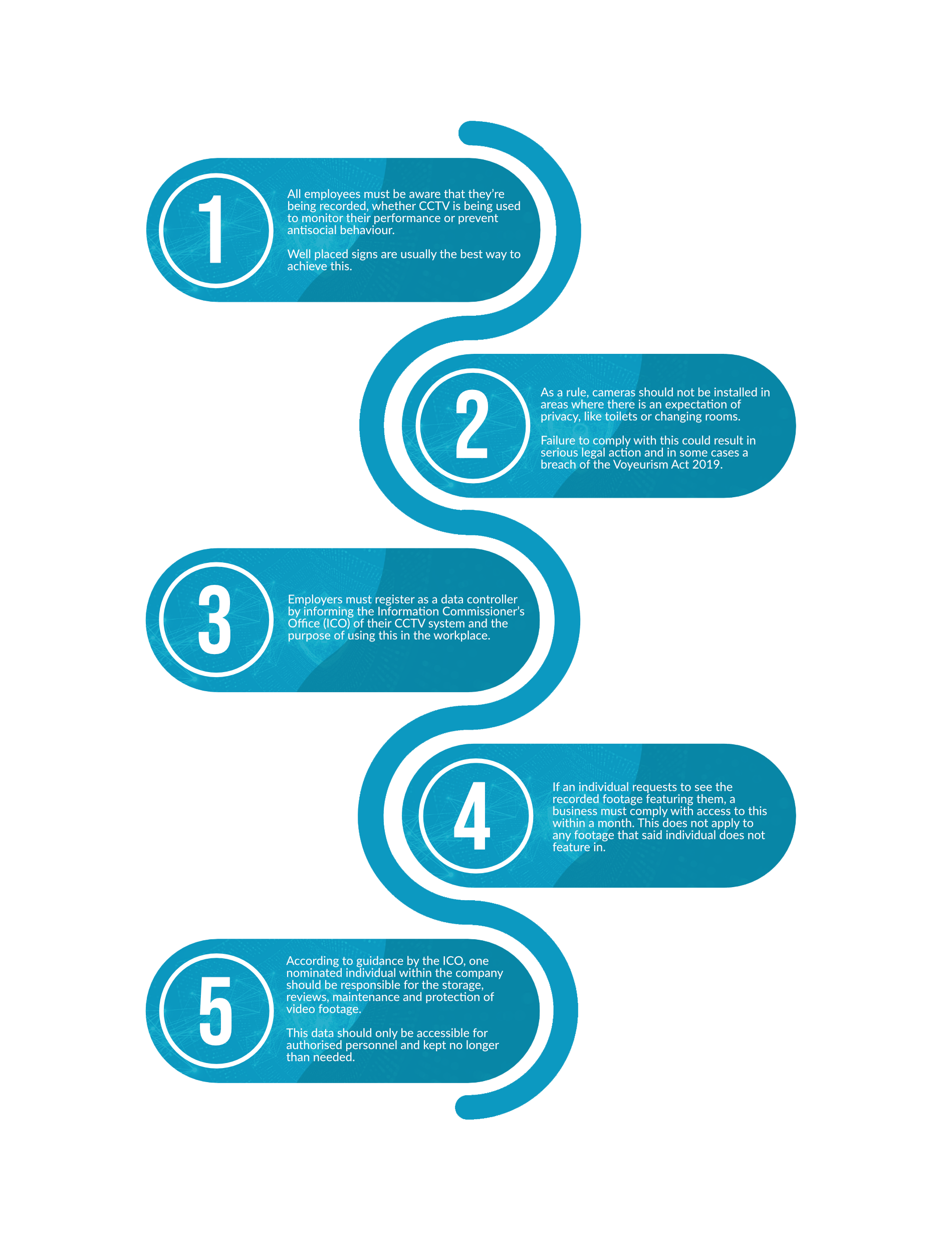
.png)
CCTV For Education
Schools and universities have a responsibility to keep their students safe and must be seen to take clear, visible action to actively prevent threats from happening, or else risk facing legal and financial consequences.
In fact, video monitoring can safeguard students in a variety of ways aside from just deterring criminal behaviour, including everything from preventing bullying to identifying safety hazards on-site. For example, surveillance in schools can be used to monitor student behaviour, trace and track incident records, prevent vandalism and enhance the learning environment for students.
CCTV measures can also go a long way in helping schools comply with the latest Ofsted Guidelines. When positioned in the right areas around school property, CCTV can absolutely achieve this, helping to meet Ofsted guidelines and creating a safer learning environment at the same time.

Features of Educational CCTV
Schools, colleges and universities are the ideal breeding sites for petty crimes like theft, bullying and verbal or physical abuse. It's for this reason that these institutions have a responsibility to keep their students and staff safe whilst on the premises. By installing a CCTV system, schools can not only improve the level of security on-site, they can also actively monitor instance-specific events on their property, ensuring that antisocial behaviour is at a minimum, and staff, student and visitor behaviour is respectable at all times.
Monitor your Premises & Identify Trespassing
Monitor your entire site from the comfort of one location. Using multiple, intelligently placed cameras, you'll be able to keep an eye on activity hotspots from afar.
Create a Safer Learning Environment
A proper CCTV strategy can offer parents and guardians that extra peace of mind that their child is at an institution that takes security seriously.
Detect Antisocial Behaviour Immediately
Using ingrained video analytics, staff can receive alerts for telltale signs of bad behaviour on school grounds, from crowding and shouting to trespassing.
Key Benefits
Unfortunately, as the number of students soar across the country, the likelihood of crimes, antisocial behaviour and violence also rises - putting staff and children at a higher level of risk. Security cameras can help to level the playing field, keeping harm reduction at the forefront of an education facility’s priorities.
Not only do CCTV systems allow for greater awareness of incidents in real-time, they’re also excellent deterrents against internal incidents such as bullying, violence and vandalism.
Through integration with personal alarm systems and panic buttons, classroom CCTV measures ensure educators have peace of mind if an incident occurs where their safety is risked. This has a positive impact on student-teacher interaction and equally, the quality of teaching and learning.
The sheer number of individuals on-site can make spotting a trespasser a troublesome task, particularly if they’re of the same age as other students. This is particularly true for university campuses and colleges, where individuals can access expensive classes or lectures without proper identification.
Intelligent video analytics, facial recognition and visual appearance search technology makes looking, identifying and responding to a suspicious individual a quick and streamlined process.
Up to date, upgraded CCTV technology removes the extensive man-hours needed to search through archived footage, allowing the user to input search terms (think: red jacket or blue hat) to automatically identify and track the individual in question.
CCTV systems are also hugely convenient for large-scale educational facilities consisting of more than one site. Monitoring a large campus can be extremely challenging, particularly in sites where facilities are spread across a number of locations.
Through professionally installed CCTV systems, security staff can monitor the entire scope of their premises from one isolated, central hub - making it even easier to control and protect campus locations and the people on them.
On-campus violence and sexual harassment has become a real problem for universities across the nation, with statistics around the rising number of incidents making for grim reading.
In fact, a staggering 62% of students have experienced sexual violence at UK universities according to anti-sexual violence organisation, Revolt Sexual Assault.
With a CCTV system on-site, universities can take an active approach in harm reduction, deterring sexual violence and proactively intervening in instances where these crimes do happen.
Crowding is usually a tell-tale sign of misbehaviour in school, CCTV is a practical method of identifying crowding and signalling for response. You can use intelligent analytics to detect groups in a specific location and automatically identify if groups are loitering or if someone has an accident.
By simply having a CCTV system in and around the premises, corridors, hallways and bottleneck areas become more visible and monitorable, making it far easier to identify issues in these hard-to-reach zones and eliminate the risk.
With buildings being empty for long-periods throughout half-terms and the summer months, schools are at high-risk of burglaries, theft, arson and vandalism.
Due to the public awareness of the school holiday timetable, these educational facilities are prime targets for intruders looking to cash-in on expensive equipment or in some cases squatters seeking shelter.
Where once school premises would be constantly manned and monitored, newer educational CCTV security systems can integrate with an intruder alarm to set up video tripwires and automatically contact the authorities or a security response service if unauthorised trespassing is detected.
What is the Law on Using CCTV in School?
CCTV can play a role in maintaining a pleasant educational environment that keeps staff, students and visitors safe - however, when it comes to the identity data of children, there are specific guidelines to support privacy and general data protection.
1. Schools must adhere to the Information Commissioner’s Office (ICO) code for using CCTV, including: making sure students are aware of monitoring, putting up signs to alert of CCTV usage and registering all system use with the ICO.
2. All data surveillance should be compliant with GDPR best practice. The collection, storage and holding of data should be entirely controlled and a designated individual should be outlined to carry this out. This includes: defending personal data against cyber security breaches and removing video data once it’s no longer needed.
3. By law, high-resolution cameras must be used to ensure clear facial recognition and high standard evidence for use in legal proceedings and criminal trials. Cameras and fittings also need to be vandal-proof and out of reach.
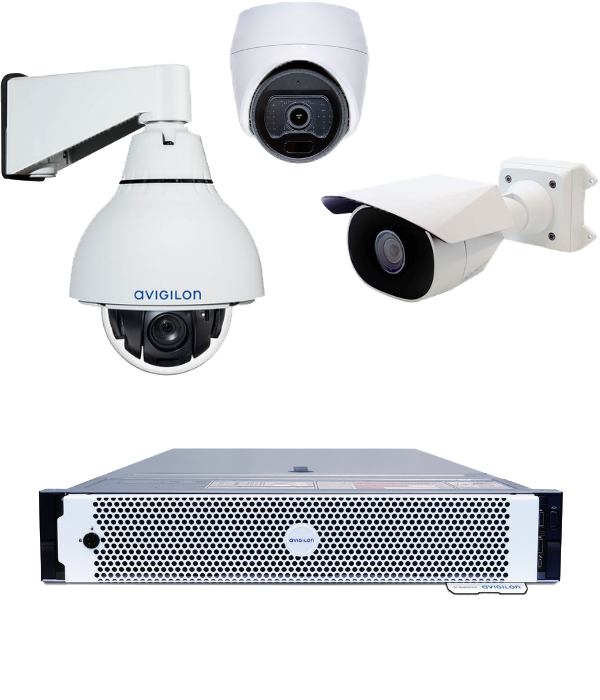

What Is Smart CCTV?
Smart CCTV refers to surveillance systems that do more than just record. Using Smart Search and AI, smart CCTV users can easily search their archives or set notifications for people of interest, based on gender, clothing, facial recognition or ANPR. With smart CCTV you can integrate with other security technologies in a commercial, residential or educational settings to add value to your total site security solution.
This intelligence easily provides context for everything in your physical security ecosystem. By integrating systems together users can view CCTV footage associated to access control events, arm their CCTV analytics when an intruder alarm is set, or even open their front gates when a camera detects an authorised number plate.
By seamlessly connecting security solutions together, users can design a system that thinks, acts and alerts automatically - improving the overall safety of the premises and the people inside. Integrated security systems manage and monitor the physical security of your premises through a single platform, whether that be a smart device app or wall-mounted control system the likes of Control4. This gives the user constant, remote monitoring control anytime, anywhere. In a business setting, smart security automation can also be extremely cost-effective and practical, reducing the need for 24/7 security personnel and driving down the cost of maintaining security staff.
Using motion sensors to detect unauthorised intrusions on your property, CCTV and intruder alarm integrated system records evidence and alerts the relevant security provider or the police - supplying high-resolution images and identifiable evidence to support with investigation and case assessment.
Intruder Alarms can integrate together to link intruder detection events to a nearby CCTV camera to provide context and to visually verify an intruder is present.
You can link CCTV cameras into your intruder alarm app to conveniently display the CCTV footage from all your cameras when the home or business alarm is activated.
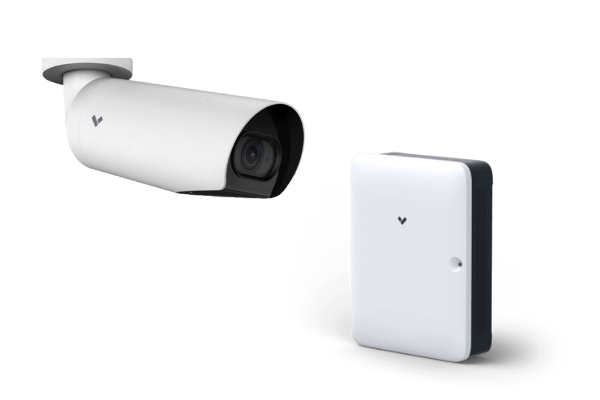
By integrating automatic gates with CCTV, you’ll be able to open your gates with facial recognition or vehicle number plate recognition to automatically open the gates for an approved visitor.
It can also notify you of an unusual or unauthorised face/number plate approaching your property. This feature can be enabled by video remote control on a smartphone app, sending notifications when someone approaches the entrance of your property, allowing you to grant or deny access with the touch of a button.
.png)
CCTV and access control is one of the most security-first smart integrations available to the business owner, with a huge amount of practical features available.
One of the most popular functions is the ability to record when people enter or leave your premises through IP camera and access point integration.
This produces a timestamp that can be cross-referenced with the access-control credentials used at that time. This may sound simple, but in reality it unlocks a high-level of security monitoring - allowing you to look back on the exact times people arrived at your premises in the instance of a security breach.
You can also integrate to detect when someone tailgates into the property using the CCTV integration. It basically works by noticing that one access control request was initiated but two or more people walked through the door or gate.
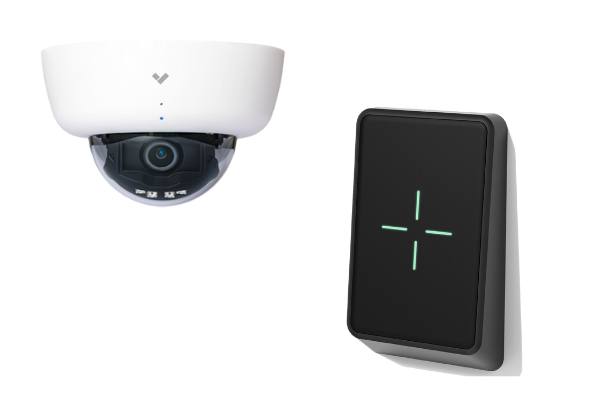
With video analytics your system will be automated to recognise intrusions on your property, with intelligent cameras gathering data to track every movement on your premises - cleverly differentiating between people, objects and animals.
Not only does this leave less room for error and false alarms, the combination of CCTV and video analytics is a tried-and-tested approach to actively preventing crime.
Your security provider will be alerted every time the cameras detect a trespasser and ensure that the situation is dealt with as quickly as possible - be that through sending a notification to a security provider or contacting the emergency services.
.png)
Getting Clever with Smart CCTV
Smart CCTV video analytics are the secret ingredient in the new wave of CCTV cameras. Powered by video intelligence, these additions can help users to detect & send notifications for instance-specific events on their property, like trespassing, repeat offenders or unidentified faces.
Aside from security benefits, smart CCTV analytics can also be used to streamline a businesses’ operations, helping staff and employees to work smarter, rather than harder. Using video analytics, operators and marketing teams can gain situational insights into key performance areas of their business; count vehicles and people on site, view visual heat maps to understand hot spots and dwell times, or manage occupancy for shift scheduling.
Smart CCTV users also benefit from specific use-case scenarios where video analytics and proactive alerts can play a role. For example, in warehouses or construction sites, operators can trigger an immediate notification for anyone on site not wearing a hi-viz vest or hard hat, offering greater visibility over your operations and accountability should something go wrong.
ANPR (Automatic Numberplate Recognition)
ANPR detection software scans vehicle number plates to provide instant alerts or reactive evidence in the instance of a crime. With ANPR software installed, users can track every car that comes in and out of their premises, supporting police in catching a criminal if the worst does happen. You can even use ANPR to control specific activities, like opening gates or delivery bays to pre-approved vehicles.
.png)
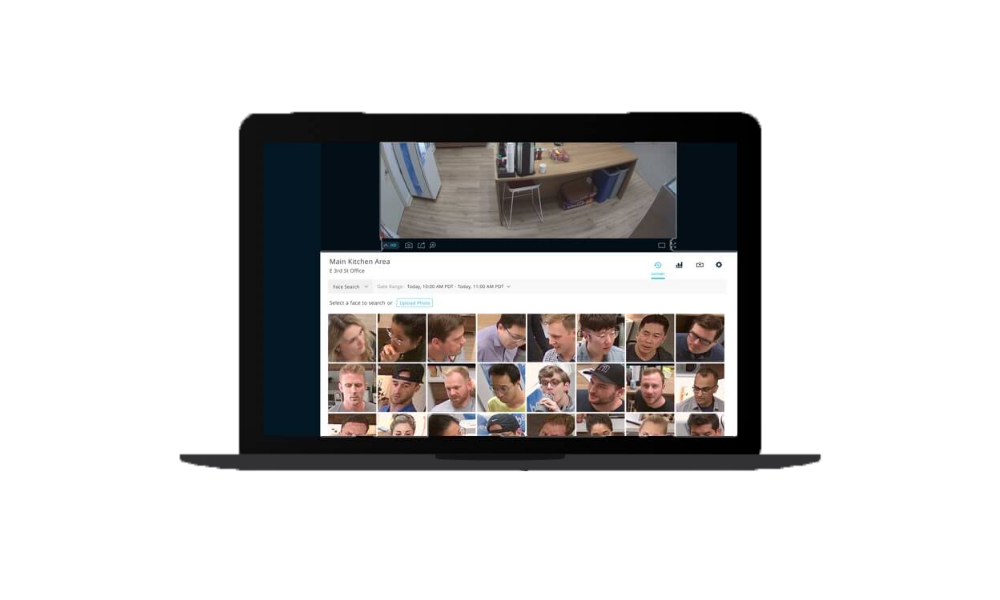
Facial Recognition
Facial recognition is one of the most effective forms of visual CCTV analytics. Face recognition can prevent repeated crimes from the same person by detecting them and raising an alarm any time they approach your business, home or school. Users can also use facial recognition to permit access to registered people automatically, or even help operators easily sift through their footage archives with Smart Search.
Retail Analytics
Using heat-maps and CCTV cameras, business owners can better understand how their customers navigate their property and which areas are “hot spots” for sales. This helps store owners to increase sales opportunities based on rich customer data, improving store layout, queue management and customer service decisions. Not to mention, smart CCTV can also detect unfamiliar movements that would suggest theft or other antisocial behaviour.
.png)
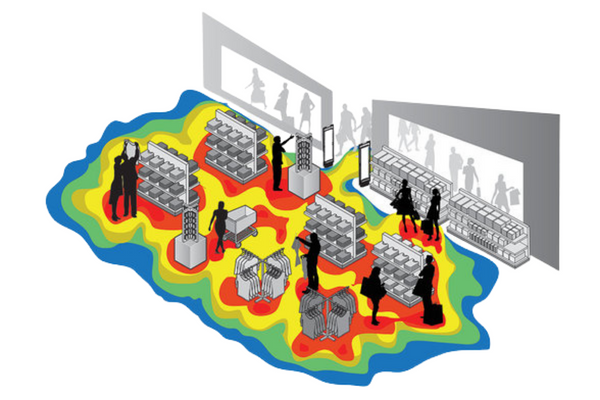
Queue Management
Long waiting times can have a lasting effect on customer experience. Smart CCTV cameras can be set up to monitor queuing in real-time. Sending rapid alerts to store managers when there are unexpected queues or a high number of people in a single area. Similarly, these analytics can also be triggered by over-excessive crowding, which is generally an indicator to an unexpected incident or even antisocial behaviour.
What is Cloud CCTV?
The cloud simply makes data storage easier - reducing the need for on-premise hardware and providing the most up-to-date and secure user interface that isn’t limited by the physical hardware capability purchased at the time of installation.
Cloud CCTV is no different. This type of storage measure represents a modern benchmark in the video surveillance storage field, offering the single greatest storage solution on the market.
So how does this work? A cloud surveillance camera connected to the internet can upload data to the cloud server where it is then stored, accessible and downloadable on-demand from any user-approved device, making manual backups a thing of the past.
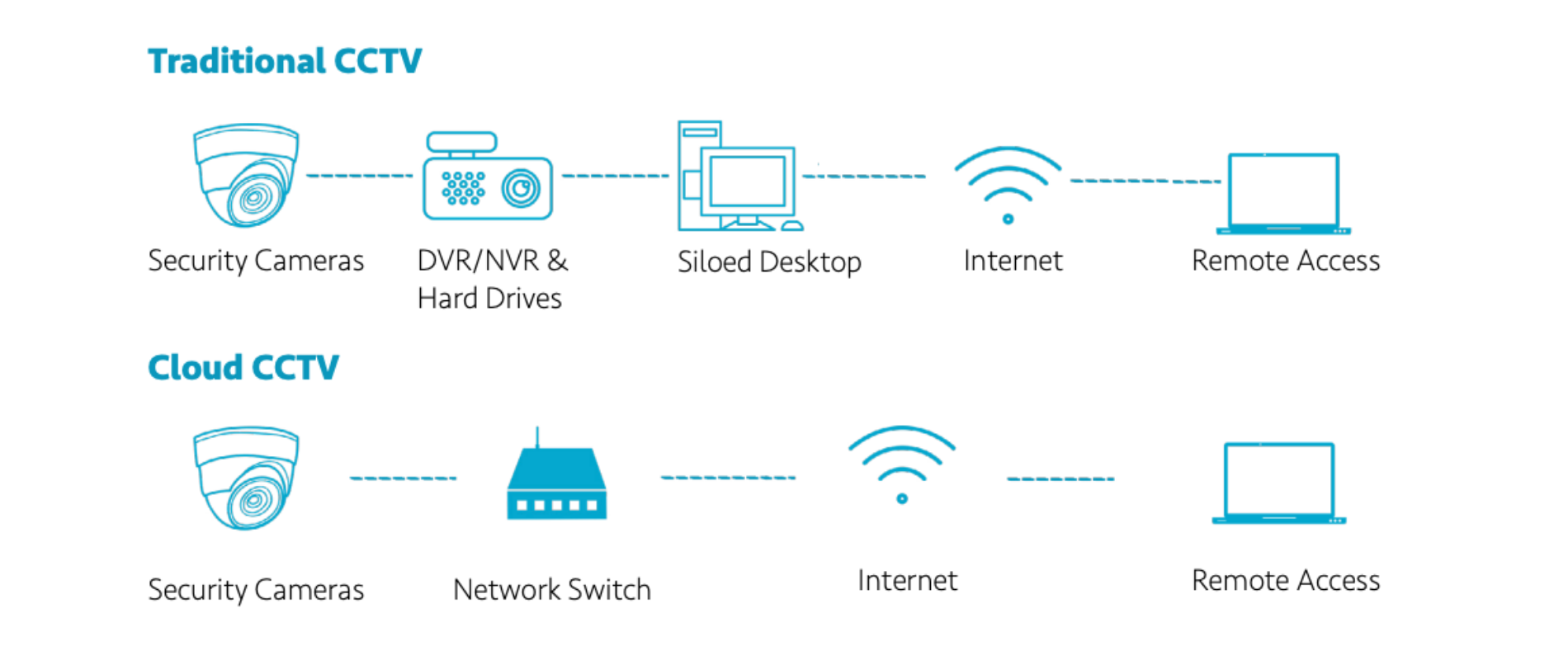
Not to Mention...
Cloud CCTV has a number of key perks, including:
Remote Support to Reduce Callouts
Stronger CyberSecurity with Audit Trails
Infinitely scalable with no recording hardware required
Backup of CCTV footage in the event of a hard drive failure
Simple Remote Access
Automated Firmware Updates & Installations
Limitless Storage Potential
Proactive notifications of camera failure

Final Thoughts
Don’t get caught out! Homes, businesses and schools across the nation are moving towards a more secure future with the latest in CCTV technology. If you’re still relying on outdated, old legacy systems, you’re not only putting yourself (and assets) at risk, you’re also losing out on many attractive benefits that can help you and those around you to live, work and study more effectively.
If you care about the security of your property, it’s never worth sacrificing it with a DIY solution or third-rate installation. Criminals are now accessing buildings in more advanced and intelligent ways - it’s no longer just about crowbars and smashed windows. Cybersecurity can be the make or break of your entire security strategy. If you’re looking to protect your property and assets on all fronts - and get the latest and greatest upgrades - we always recommend a CCTV installation from a trusted, reliable and verified installer.
At Chris Lewis Group we have over 25+ years of experience in CCTV installations, our team is fully trained in the latest technology, and perfectly aligned to take your security to the next level.

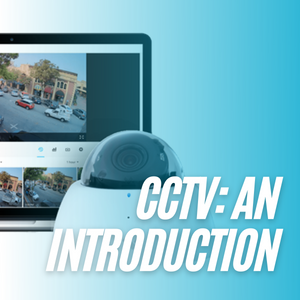
.png)
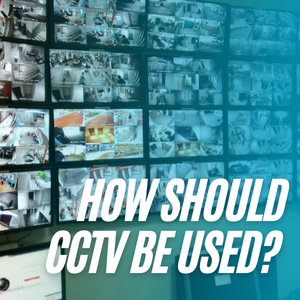

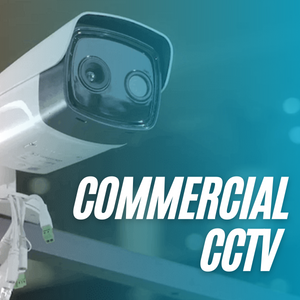
.png)
